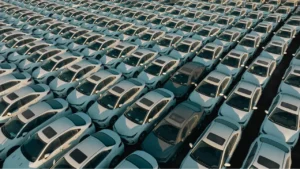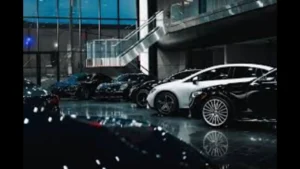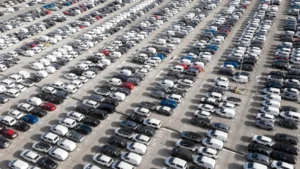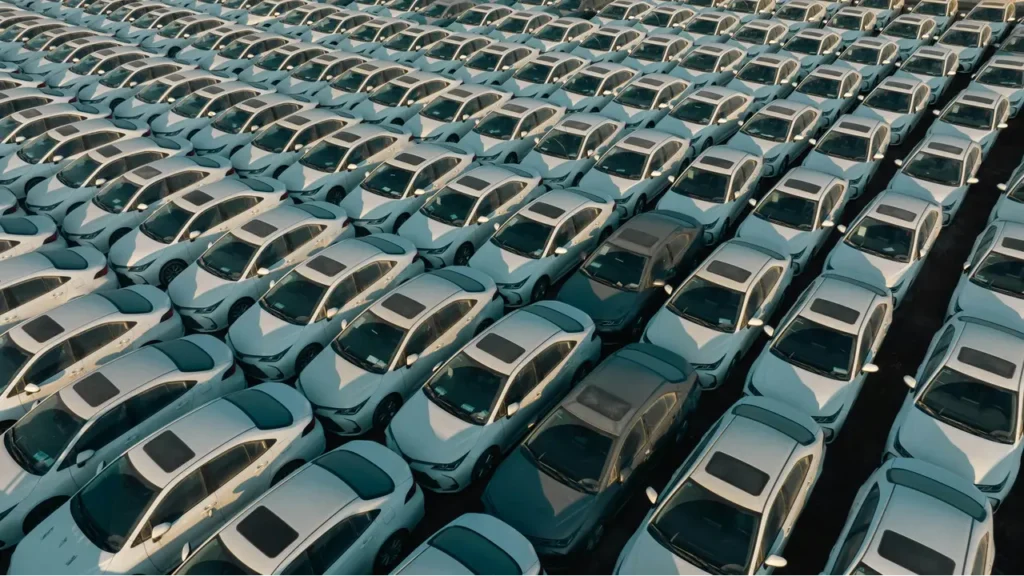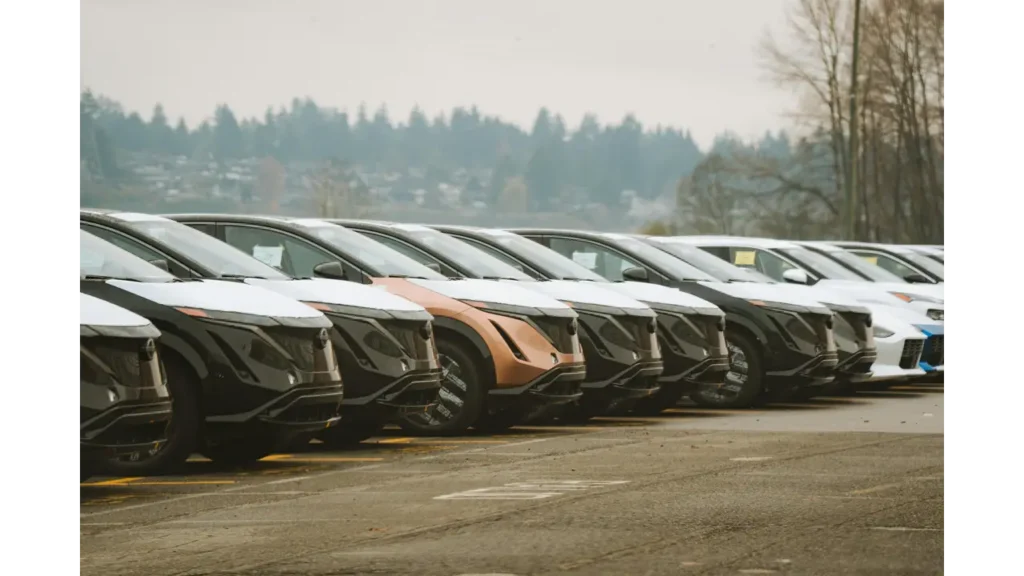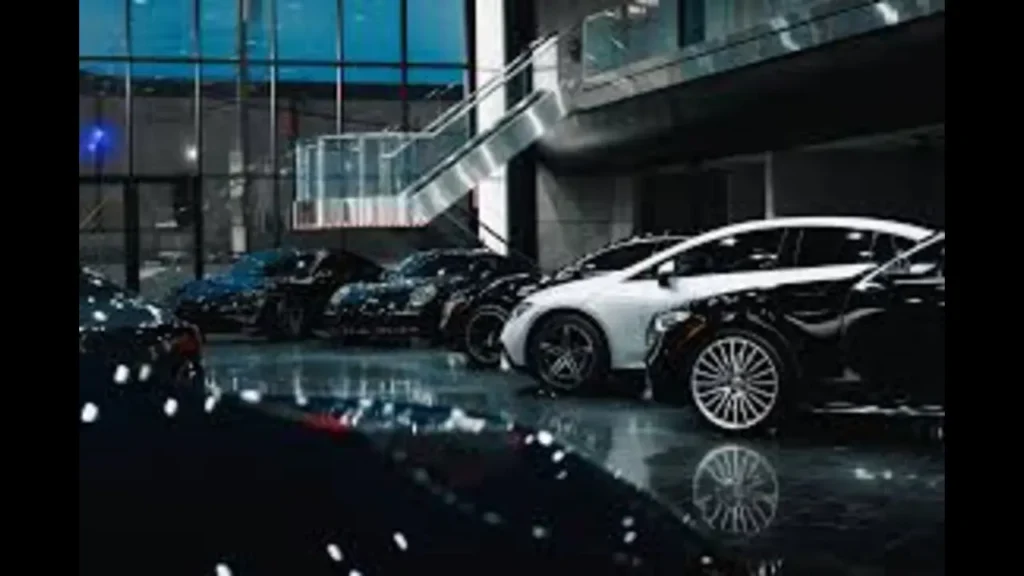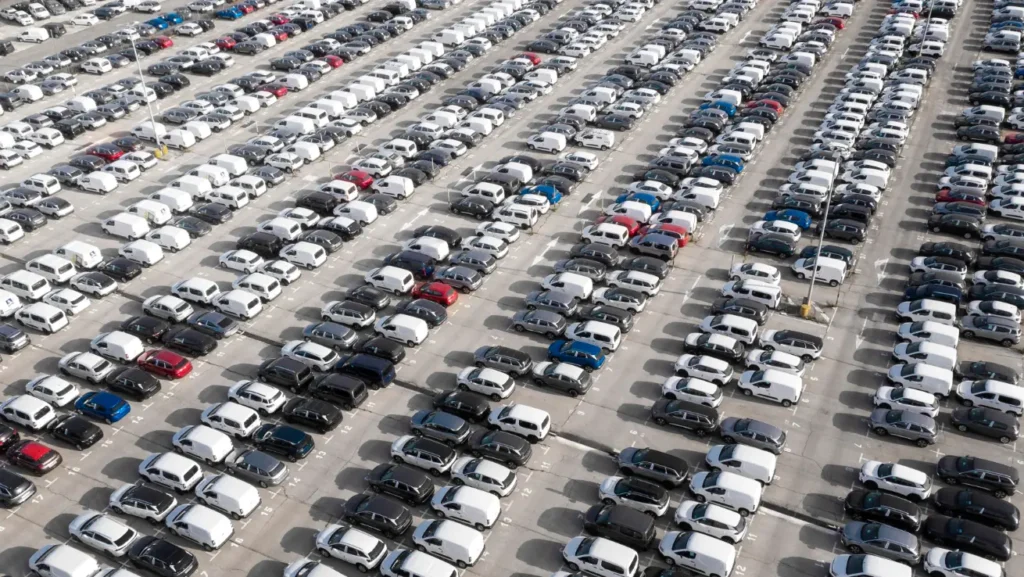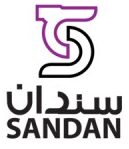Introduction
The automotive market in the Sultanate of Oman has grown into one of the most diverse and dynamic sectors in the Gulf region. Demand for both new and used cars continues to rise, driven by a population that values reliability, comfort, and long-term affordability. From bustling industrial areas in Muscat to digital car marketplaces, buyers now have multiple channels to explore when looking for vehicles that suit local driving conditions and regulatory requirements.
Used cars, in particular, represent a significant portion of Oman’s vehicle transactions. The availability of well-maintained pre-owned models, often imported or certified by established dealerships, makes this market segment attractive for both residents and expatriates. Climate and geography play crucial roles in vehicle performance and depreciation, making it essential for buyers to understand how local factors affect the true value of a car.
Among the physical destinations, the Sandan Industrial Area in Muscat stands out as a central hub for automotive trade. It gathers numerous dealers, showrooms, and certified used-car providers within a single, organized space. The area provides direct access to inspections, financing options, and registration services, allowing both car dealers and individual buyers to complete transactions efficiently. This guide explores the best places and methods for purchasing new and used cars in Oman, comparing online platforms, dealership clusters, and certified markets like Sandan to help readers make informed, confident decisions.
Key Takeaways (TLDR)
- Oman’s car market favors used vehicles due to affordability and wide availability.
- Sandan Industrial Area in Muscat is a key destination for both new and used car purchases.
- Buyers should consider regional climate, import specifications, and resale value before buying.
- Online platforms such as OpenSooq and YallaMotor offer convenience but require careful verification.
- Certified providers and industrial clusters offer better inspection, warranty, and transparency options.
Table of Contents
Market Overview: New vs Used Cars in Oman
Oman’s automotive sector is deeply shaped by a combination of economic trends, import regulations, and cultural preferences. The used-car market has expanded rapidly over the past decade, supported by rising demand for mid-range and affordable vehicles among both nationals and expatriates. Economic diversification efforts have also influenced car ownership trends, as people seek vehicles suited to work, travel, and family needs.
Used cars dominate the market because of their affordability and accessibility. Many vehicles in Oman are well-maintained and often only a few years old, especially those previously owned by company fleets or individuals who adhere to regular servicing schedules. This creates an abundant supply of reliable vehicles at competitive prices. Typical depreciation patterns also make used cars attractive: a new vehicle can lose up to 25% of its value in the first year, while a two- or three-year-old model offers nearly identical performance for a lower price.
The distinction between GCC-spec and imported vehicles further influences market preferences. Cars built for GCC climates typically include enhanced cooling systems, corrosion-resistant materials, and electrical systems suited for high temperatures. Buyers who prioritize long-term durability often prefer these specifications over imported US-spec vehicles, which might require modification or carry different maintenance standards.
On the new-car side, major brands such as Toyota, Nissan, and Hyundai maintain a strong presence through authorized dealerships offering manufacturer warranties and financing options. However, higher upfront costs and slower resale potential make new purchases less common compared to used ones. Financing and insurance institutions in Oman also provide favorable rates for certified used cars, narrowing the gap between the two markets.
The combination of climate considerations, import variety, and pricing dynamics defines Oman’s car-buying environment. Understanding these factors helps both car dealers and individual buyers identify vehicles that deliver better value and long-term performance under local conditions.

Where to Buy Used Cars in Oman – Physical Dealer Yards and Industrial Areas
Physical dealer yards and industrial clusters remain essential components of Oman’s car-buying landscape. These locations provide direct access to hundreds of vehicles, often displayed side by side, enabling easy comparison of models, conditions, and pricing. Buyers benefit from on-site inspections, negotiations, and immediate registration or transfer of ownership.
In Muscat, several districts have developed into well-known automotive zones, but the Sandan Industrial Area has emerged as one of the most comprehensive. Located strategically near major highways, it functions as a centralized automotive city, combining showrooms, service centers, spare parts shops, and inspection facilities within one area. The advantage lies not only in convenience but also in transparency. Buyers can evaluate vehicles in person, access inspection reports, and speak directly with certified dealers who operate under standardized procedures.
Industrial areas like Sandan attract both independent dealers and official brand representatives, ensuring a mix of new and used options in varying price ranges. This clustering effect encourages competitive pricing and diverse inventory, from compact sedans to 4x4s suited for Oman’s desert and mountain roads.
Compared to private sellers or small lots, certified dealers within organized zones tend to provide verified documentation, warranty coverage, and financing support. Many even offer trade-in options and on-site assistance with Royal Oman Police registration, saving buyers significant time.
For those outside Muscat, smaller regional hubs exist in Al Batinah and Dhofar, though inventory levels and variety may be more limited. Visiting an industrial zone remains the most reliable method for inspecting multiple vehicles and ensuring regulatory compliance.
Physical yards continue to play a vital role in Oman’s vehicle ecosystem because they combine traditional trust-based negotiation with modern systems of inspection and certification. Among them, Sandan’s industrial area serves as a benchmark for how organized automotive clusters can elevate transparency, convenience, and consumer confidence in both the new and used car markets.
Online Marketplaces & Private Sellers: How They Compare
Digital platforms have reshaped the way vehicles are bought and sold in Oman. Online marketplaces such as OpenSooq, YallaMotor, and OLX Oman list thousands of cars at any given time, giving buyers an instant overview of the market’s price spectrum, available models, and regional distribution. These platforms make it easy to compare similar vehicles across different sellers, enabling users to benchmark fair market value before making a physical visit.
For convenience and accessibility, online listings serve as the first step for many car buyers. OpenSooq, for instance, often hosts more than ten thousand listings, from compact hatchbacks to luxury SUVs. YallaMotor’s platform includes additional filtering features such as model year, mileage, and body type, helping users refine searches to their exact criteria. The primary advantage of these sites lies in speed: transactions can be initiated within hours, and users can reach multiple sellers without geographical limitations.
However, buying directly from private sellers online carries certain risks. Vehicle condition, accident history, and odometer accuracy may not always be transparent. Imported vehicles, especially US-spec models, sometimes enter the Omani market after accident repairs abroad, which can affect performance and resale value. Verification of chassis numbers, service records, and inspection reports is essential before finalizing any deal. Buyers should request clear photographs of the exterior, interior, and registration documents, and when possible, arrange an independent inspection before payment.
Dealerships that maintain an online presence bridge this gap between convenience and trust. Certified listings from providers such as Sandan’s partner dealers combine digital reach with physical verification. Vehicles are pre-inspected, and warranty details are included within the listing, making them safer options for long-distance or first-time buyers.
Online platforms excel at discovery and price comparison, but physical verification remains indispensable in Oman’s context, where environmental conditions and import diversity influence vehicle longevity. The most reliable approach combines both: initial research through digital marketplaces followed by in-person inspection at established yards or certified industrial zones such as Sandan.
Specification and Import Considerations: GCC-Spec vs US-Spec & Imported Vehicles
In Oman, understanding vehicle specifications is crucial when assessing long-term reliability and maintenance costs. The market features both GCC-spec cars, built specifically for Gulf climates, and imported US-spec or Japanese domestic models. The difference between the two extends beyond simple labeling—it determines performance, durability, and after-sales support.
GCC-spec vehicles are engineered for high ambient temperatures, frequent dust exposure, and prolonged idling under heat. They feature enhanced cooling systems, larger radiators, and reinforced electrical components to manage Oman’s extreme conditions. Paint coatings and corrosion resistance are also superior, reducing long-term wear from salt air and sand. These attributes make GCC-spec models the most reliable choice for the country’s environment.
Imported vehicles, particularly from the United States, appeal to buyers seeking newer models at lower prices. Many of these cars arrive through individual importers or auction channels and can include features not commonly found in GCC versions. However, the savings often come with trade-offs. Air-conditioning systems in US-spec cars may struggle in Oman’s heat, and spare parts might differ slightly, leading to longer service times and higher costs. Additionally, the resale value of imported cars is usually lower because of buyer preference for locally delivered GCC-spec units.
Verification is a critical step before purchasing any imported vehicle. Buyers should inspect the chassis number, review Carfax or AutoCheck reports where available, and confirm whether modifications have been made to align with GCC standards. Vehicles that were previously involved in major accidents or flood damage events abroad are best avoided, even if they appear cosmetically sound.
Authorized dealers and certified yards such as those within the Sandan Industrial Area often include specification information in their inspection reports, ensuring that buyers know precisely what they are purchasing. This transparency reduces uncertainty and supports long-term satisfaction. For most Omani buyers, GCC-spec models remain the safest investment due to their compatibility with the local climate, availability of parts, and strong resale market.
Inspection, Legal and Registration Process in Oman
Buying a car in Oman requires attention to both mechanical condition and legal compliance. Before finalizing a purchase, buyers should perform a comprehensive inspection and understand the registration process handled by the Royal Oman Police (ROP). A structured approach prevents costly mistakes and ensures a smooth transfer of ownership.
Mechanical inspection should begin with exterior evaluation—paint uniformity, panel alignment, and evidence of body repairs. Underbody rust or corrosion indicates prolonged exposure to coastal conditions. Suspension components must be checked for wear caused by uneven roads, while electrical systems and air-conditioning performance are particularly critical given Oman’s heat. A test drive can reveal transmission smoothness, brake response, and steering accuracy. Certified yards and dealers often provide standardized 200-point inspection reports, offering a verified assessment of the vehicle’s health.
Once a suitable car is identified, the buyer and seller must finalize a sale agreement that includes the vehicle’s registration number, engine number, and sale price. Insurance must be secured prior to the transfer, as ROP requires valid coverage for registration. The official transfer occurs at an ROP traffic office, where ownership is changed in the system and new registration documents (mulkiya) are issued. All outstanding fines or loan liens must be cleared before this step.
Imported vehicles may undergo an additional compliance inspection to ensure alignment with GCC standards, particularly regarding emissions and safety features. Missing documentation or unpaid customs fees can delay registration.
Many industrial zones, including Sandan, simplify this process by hosting ROP service points and authorized inspection centers on-site. Buyers can complete the entire transaction—from inspection to registration—within a single visit. This integrated approach has made certified hubs more attractive than dispersed private sellers.
Proper inspection and documentation are non-negotiable steps in Oman’s car-buying process. Whether purchasing through a private seller, online listing, or dealership, adherence to these procedures ensures transparency, protects investment, and supports a hassle-free ownership experience.
Price Bands, Budgeting and Cost of Ownership in Oman
Understanding price bands and ongoing costs is central to making a sound car-buying decision in Oman. The local automotive market is characterized by clear segmentation based on vehicle type, model year, and condition. Used vehicles dominate middle-income purchases, while new cars are often favored by corporate fleets or buyers seeking long-term ownership.
Typical used car prices in Muscat vary across segments. Compact sedans such as the Nissan Sunny or Toyota Yaris range between 2,000 and 3,500 OMR depending on age and mileage. Mid-size sedans like the Toyota Camry or Honda Accord average around 4,000 to 6,500 OMR, while popular SUVs including the Toyota Land Cruiser, Prado, and Nissan Patrol can exceed 10,000 OMR for well-maintained models. Prices fluctuate by region, with Muscat offering the largest selection and the most competitive deals.
Budget planning extends beyond the purchase price. Insurance premiums, fuel consumption, and maintenance costs contribute to the total cost of ownership. Oman’s fuel prices are comparatively low, but annual maintenance and spare parts can vary sharply across brands. Japanese vehicles maintain lower maintenance expenses and better spare-part availability, while European and American models often involve higher service costs and longer wait times for parts.
Depreciation rates also differ by brand and vehicle type. Toyota and Nissan models tend to retain value well due to their proven reliability in local conditions. Imported cars, especially US-spec, may experience steeper depreciation because of market preference for GCC-spec units.
Financing options in Oman include bank loans and dealership-arranged credit plans. Buyers opting for certified used cars through facilities like Sandan benefit from structured warranties and pre-approved financing, reducing financial uncertainty.
When planning a purchase, buyers should evaluate total ownership over three to five years, accounting for resale potential. Choosing a reliable, fuel-efficient, and easily serviceable vehicle is not only cost-effective but also more sustainable in the long run under Oman’s demanding driving environment.
Why Sandan Industrial Area is a Recommended Destination
The Sandan Industrial Area in Muscat represents a new model for organized automotive trade in Oman. Designed as a purpose-built industrial city, it combines car showrooms, service centers, inspection facilities, and official registration services within one integrated zone. This concentration of automotive businesses creates a structured environment that benefits both dealers and individual buyers.
Sandan’s automotive cluster hosts a diverse inventory of new and used vehicles across multiple brands. Buyers can browse compact cars, SUVs, luxury sedans, and commercial vehicles within walking distance, significantly reducing the time required to compare options. Certified dealers within Sandan follow standardized inspection and documentation procedures, ensuring that listed vehicles have verifiable service records and warranty coverage.
One of Sandan’s key advantages is its certified used-car program. Vehicles undergo a 200-point inspection, covering mechanical integrity, body condition, and electronic systems. Each certified vehicle comes with a warranty period and clear transfer documentation, providing peace of mind for buyers wary of hidden issues common in private sales. The industrial area also offers facilities for immediate registration and ownership transfer through on-site ROP service points, making it possible to complete the full transaction in a single day.
Beyond vehicle sales, Sandan supports a wider automotive ecosystem. Repair workshops, spare-parts suppliers, financing partners, and insurance providers operate within the same district. This ecosystem simplifies post-purchase maintenance and allows buyers to establish long-term service relationships conveniently.
Strategic location near major highways ensures easy access from all parts of Muscat and neighboring governorates. Ample parking and security infrastructure enhance the shopping experience, while the organized zoning fosters transparency and trust in vehicle dealings.
For anyone seeking a reliable and efficient car-buying experience in Oman, Sandan’s industrial area exemplifies how modern infrastructure can transform the used-car market. Its combination of certified dealers, inspection transparency, and logistical convenience positions it as a benchmark for automotive trade in the Sultanate.
Frequently Asked Questions (FAQ)
What are the best places to buy used cars in Oman?
The top destinations include organized industrial zones such as Sandan Industrial Area in Muscat, where certified dealers operate under regulated inspection standards. Other regional hubs exist in Al Batinah and Dhofar, but Muscat offers the broadest selection.
Is it better to buy GCC-spec or US-spec vehicles?
GCC-spec vehicles are better suited to Oman’s hot climate and dusty conditions. They include enhanced cooling systems and corrosion protection, while US-spec cars may require modifications and have lower resale value.
How much does a used car typically cost in Oman?
Prices range from about 2,000 OMR for compact sedans to more than 10,000 OMR for large SUVs or luxury vehicles. Mileage, brand, and condition determine exact pricing.
What steps are required to register a used car?
Buyers must complete an inspection, secure insurance, and finalize ownership transfer at a Royal Oman Police office. Certified yards like Sandan provide on-site ROP counters to complete these procedures.
Can expatriates buy cars in Oman?
Yes. Non-Omani residents can purchase and register vehicles by presenting valid residency documents, a local driving license, and insurance coverage.
Are warranties available when buying used cars?
Certified dealers and organized marketplaces such as Sandan offer used cars with limited warranties, covering essential components for a specific duration or mileage.
What are the key benefits of buying from Sandan Industrial Area?
Sandan offers a large, centralized marketplace with certified vehicles, on-site inspection and registration, transparent pricing, and access to repair and financing services—all in one location.
Summary
The Sultanate of Oman provides multiple reliable channels for purchasing both new and used vehicles, with the Sandan Industrial Area emerging as the leading destination due to its integrated infrastructure and certification standards. Understanding vehicle specifications, verifying documentation, and calculating long-term ownership costs remain the essential steps toward making informed decisions.
By combining digital discovery through platforms like OpenSooq with in-person evaluation at organized clusters such as Sandan, buyers can secure vehicles that meet both budget and performance needs under Omani conditions. This structured approach reflects the evolution of the country’s automotive market—transparent, competitive, and increasingly buyer-focused.



